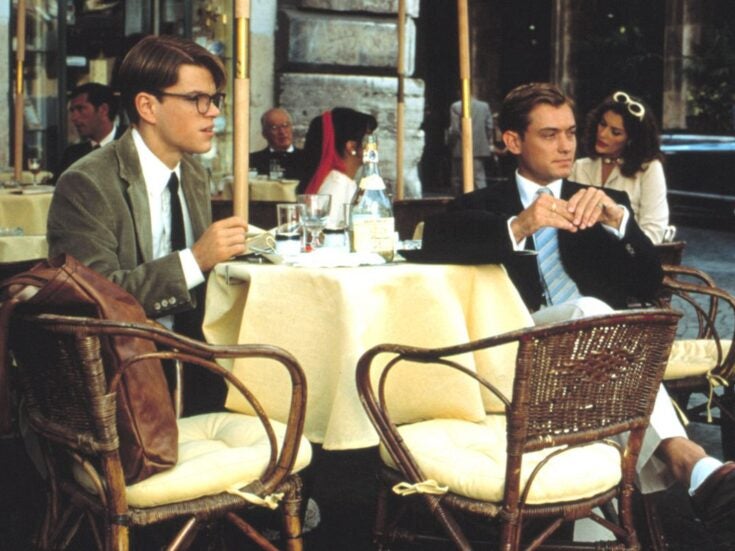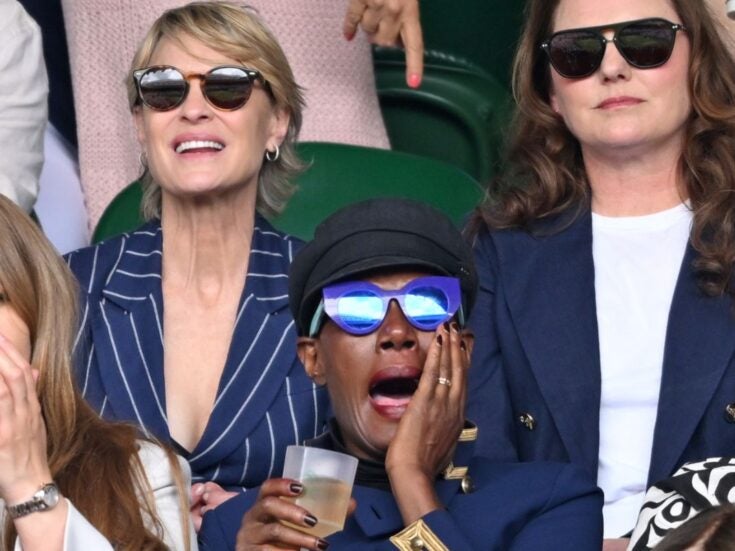When the fair finally opened, orange stickers appeared on works’ labels like a rapidly-spreading outbreak of chicken pox. Plus, Spear’s talks to Joe La Placa, who has founded a contemporary collection with (gasp!) a hedge-fund manager.
By Josh Spero
Cometh the day, cometh the fair: Wednesday saw the official exclusive preview of the Frieze Art Fair. It was indeed an exclusive, rarefied group of five thousand* international collectors, journos and bon vivants who thundered round the 165 stands, causing gallerinas to tremble and artists to thank god. Orange stickers appeared on labels across the fair like a rapidly-spreading outbreak of chicken pox. (Of course, the real collectors were allowed in at 10.30 and had disappeared by the time we were let in.)

And that wasn’t the only piece of good news: as well as seemingly buoyant sales, the work this year, like at Art Basel, was much subtler, much more subdued. There was not even a Pharrell Williams-Takashi Murakami bejewelled frog to relieve the parsimony. This meant that there were fewer look-at-me million-dollar pieces and the great works of the greatest contemporary artists were by and large absent: there may well have been a revolt if a spot or spin painting had turned up.

There were, of course, plenty of pleasant discoveries, among whom I would include Hiroyuki Masuyama‘s lightboxes layered with modern photographs which, taken together, recreate Turner’s paintings; Jim Hodges‘ That day (Blue) I through X, ten swirling blue pastels mixed with saliva which resemble Raphael’s sketches for heaven; and Lucy Williams‘ Reading room (seinajoki), a piece of craft truly, where bookspines in a bookshelf are slivers of paper.

One new aspect to Frieze is Frame (Frieze Frame, geddit?). This is dedicated to solo artist presentations from galleries under six years old, curated by Daniel Baumann and Sarah McCrory, and is a genius way of drawing attention (admittedly, at the rear of the fair) to those who could not afford a White Cube-size stand or position. Gareth Moore at Lüttgenmeijer from Berlin had a field full of flags, where the flag was black zig-zag material or think pink sheeting or wooden sticks. It was a witty way of playing with nationalism and representation.
Pommery broke out the champagne at 5.30 although some had broken out the vodka even earlier. Spotted earlier that day were Grayson Perry, looking like Whatever Happened to Baby Jane if Bette Davis had been a YBA; Lily Allen; and Sir Nicholas Serota, director of the Tate Galleries.
Despite tremulous qualms about whether the recession would condemn Frieze to the abandoned paint-pot of history, it is clear that its influence – and more importantly, its rejuvenating creativity – has been maintained.
* Author’s estimate based on number of times his toes were trodden on.
—
Later that evening, the Frieze hordes descended on church. Not for religion, of course. (Well, not a religion with a bible, unless you count the Art Review Power 100, more of which in Friday’s diary.)
Just across from Regent’s Park is One Marylebone, a deconsecrated church by Sir John Soane, he of the museum in Lincoln’s Inn Fields. This regularly hosts events (I once went there for the launch of what I thought was a TV series but was in fact for a series of TVs) and now is showing The Age of the Marvellous, an exciting and refreshing exhibition of the collection of All Visual Arts.
There are some thrilling pieces of work. Not so much Paul Fryer‘s ape on a crucifix, which (if we’re being honest) is rather obvious, but Ben Tyers‘ Breathe, an egg-shaped container wherein water falls and rises at the rate we inhale and exhale at. It is an understated, contemplative piece, even among the crowds grabbing cocktails from the waitress’ tray before she even leaves the kitchen.

Alastair Mackie‘s Amorphous Organic is a chessboard whose pieces are small amber columns with insects suspended inside and a lightbox-board to illuminate them. It is a Darwinian version of the match with Death in the Seventh Seal. Indeed, Darwin’s presence is very much felt: there are monkeys, feathered Möbius strips, Alyson Shotz’s Helix (outside the church) and (the most beautiful work in the show) Paul Fryer’s Venus and Mars, an orrery (look it up here) with just mythical lovers Venus and Mars orbiting yet never meeting.
All Visual Arts is a joint project between former LA gallerist and director of ArtNet Joe La Placa and the founder of Europe’s third largest hedge fund, Mike Platt, utilising the art smarts of the former and the business smarts of the latter to amass a collection of works produced especially for it. This art and financial nexus makes it the perfect combination for Spear’s, and so I caught up with Joe as he fended off crowds of admirers.
What is their collecting philosophy? ‘The theme of the collection is a not very used word, consilience. Consilience is the unity of knowledge. Edmund O. Wilson wrote a book in 1998 that called for the unification of the sciences, which were the chopping up of knowledge.
‘I’m very much influenced by the late sixteenth and early seventeenth century method of collection where you can have in one room a cosmological vision of the knowledge of mankind, like the Pitt-Rivers Museum. I think that art unifies knowledge and I’m interested in artists that look outside the normal aesthetic criteria to things like science, like anthropology, like the humanities and unify them.’
What about the business side? ‘I used to direct ArtNet and I was an expert on art as an asset class. My partner Mike Platt is the third-biggest hedge fund in Europe. People mistake us for a fund – we’re absolutely not a fund. Our business model is a long-term strategy over five year to make a collection so we’re not interested in any of the methodology that a fund or a hedge fund would follow.
‘Mike often says, “Joe’s forgotten more about art than I’ll ever know.” The thing about Mike is that he’s an autodidact, and he wants to learn, and the way to learn is to take a plunge, so what I rely on Mike for is financial expertise and acumen, and Mike relies on me for the art side and the production side. We don’t raise money – just he and I.’
On their method of collecting: ‘The concept of the AVA collection is that unlike a lot of other collections which go around to galleries and buy things, I produce things because I love working with artists and have done so for 30 years. It’s not commissioned, because that would imply we’ve bought it – ‘produced’ I like to say. We’re like Hollywood producers: someone pitches me an idea and I say, “That’s fantastic, how much do you need?” and they say, “Fifty grand,” and I say, “Let’s go for it’.”
How has the recession affected AVA? ‘I have to say for me, “What recession?” I’ve been doing this for a really really long time. I think the point is that great art, meaningful art that people connect with, you’re always going to have a market for. Even in a recession, it’s not the high-quality works that suffer, it’s the middle ground that actually suffers.
‘For us, it hasn’t really affected us. My collaboration with Mike has made us recession-proof, because the way we’ve designed All Visual Arts as a hybrid organisation, without a gallery for instance, clocking 250 grand a month overhead. We have a nice humble production office, but when we do shows, we go for it.’
—
Tonight: Trafigura Priza, The Embassy of 20 Hoxton Square and more.
Read Monday’s diary here
Read Tuesday’s diary here
Read Thursday’s diary here






